Welcome to “Gardening for Small Yards: Tips and Ideas,” where the magic of gardening knows no bounds, even in the coziest of spaces. Whether you’re a budding gardener just starting to plant your first seeds or a seasoned green thumb looking to maximize every square inch, this guide is your trusty companion for transforming small plots into lush, vibrant sanctuaries.
Here, you’ll discover a treasure trove of creative solutions and inspiring designs that make the most out of every nook and cranny. From vertical gardens to compact raised beds, our practical advice ensures that anyone can cultivate a garden teeming with life and color, regardless of space constraints.
Imagine the satisfaction of harvesting fresh herbs from your balcony or the joy of spotting a butterfly fluttering around your tiny floral oasis. With each page, you’ll gain confidence and practical skills, equipping you to nurture a garden that not only thrives but also brings you endless joy and a sense of accomplishment.
Choose Compact Plant Varieties
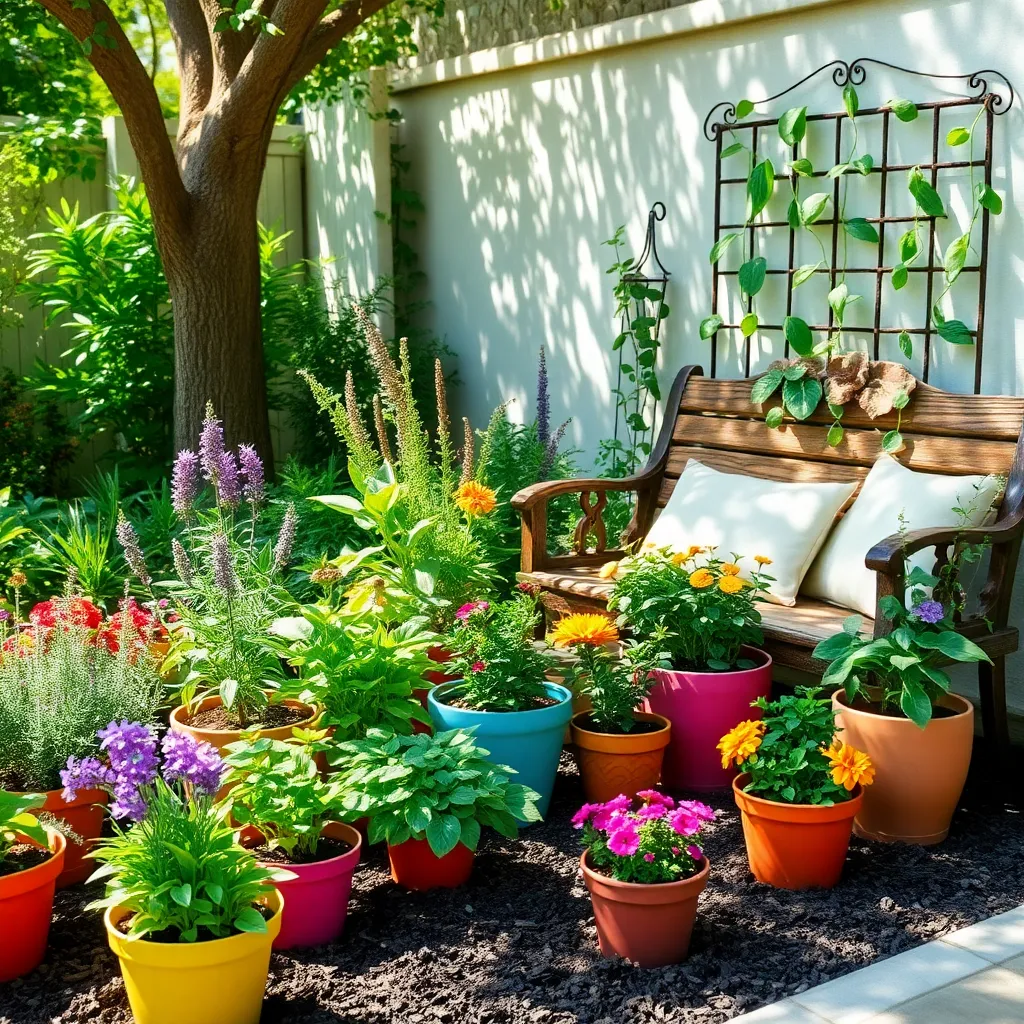
Choosing compact plant varieties is an excellent way to maximize your small yard’s potential. These plants are specifically bred to thrive in limited spaces, offering lush growth without overwhelming your garden area.
Start by selecting compact vegetables like bush beans or dwarf tomatoes, which can be grown in containers or small plots. These varieties often require less staking and support, making them ideal for beginners or those with limited time for maintenance.
For flowering plants, consider options such as compact zinnias or dwarf marigolds, which provide vibrant colors without sprawling across your yard. These plants thrive in well-draining soil and need regular watering, especially during dry spells, to maintain their stunning blooms.
Advanced gardeners can explore dwarf fruit trees, like patio peaches or columnar apples, which are perfect for small spaces and can even be grown in large pots. Ensure they receive plenty of sunlight and are planted in nutrient-rich soil to support their growth and fruit production.
Utilize Vertical Growing Spaces
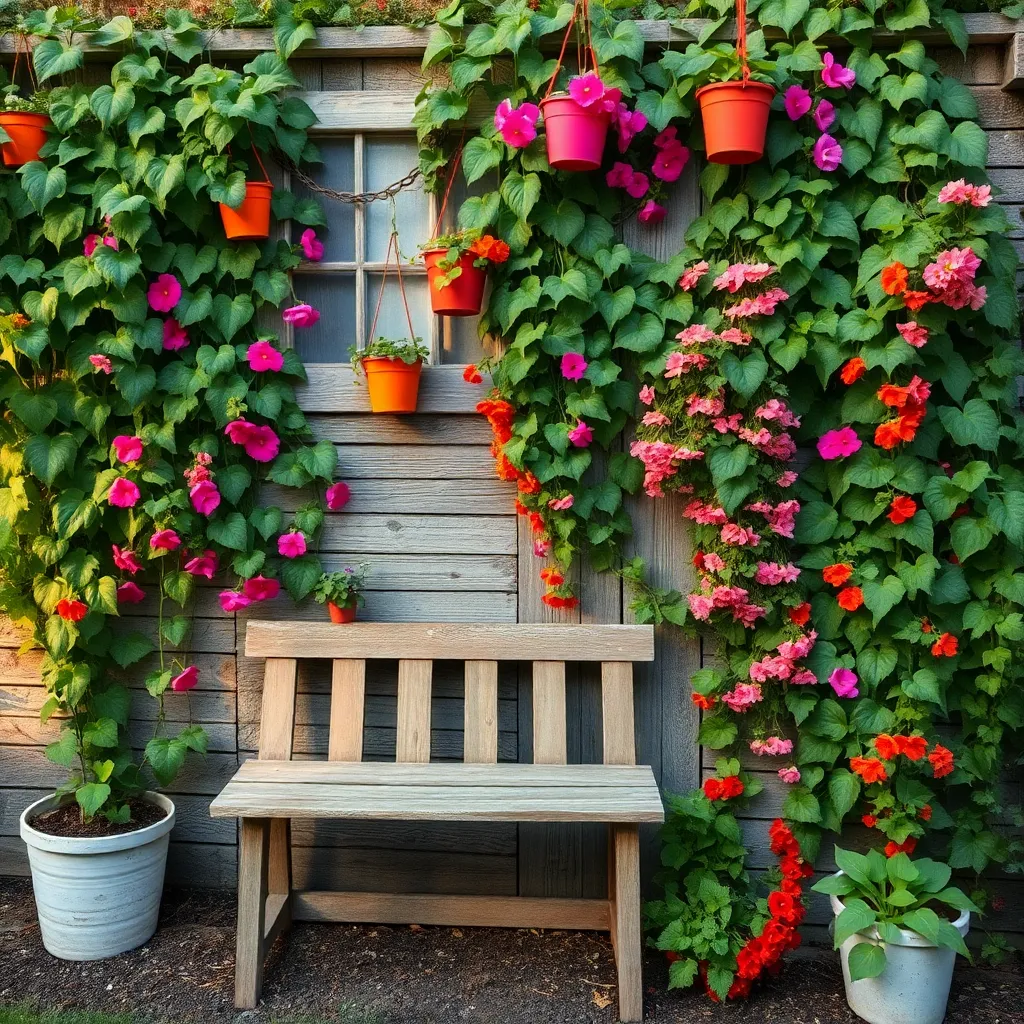
Vertical growing spaces can transform even the smallest yard into a lush oasis. By utilizing structures like trellises, arbors, and even walls, you can maximize your planting area without compromising space.
Begin with choosing climbing plants such as beans, peas, or cucumbers, which thrive when allowed to grow upwards. These plants often require a sturdy support system, so ensure your trellis or netting is secure to handle the weight as they mature.
For those looking to add a decorative touch, consider flowering vines like clematis or morning glories. These plants not only provide beautiful blooms but also attract pollinators, enhancing the health of your garden.
Advanced gardeners might explore espalier techniques, which involve training fruit trees to grow flat against a wall. This method not only saves space but also allows for easier harvesting and maintenance.
Incorporate Multi-Use Planters
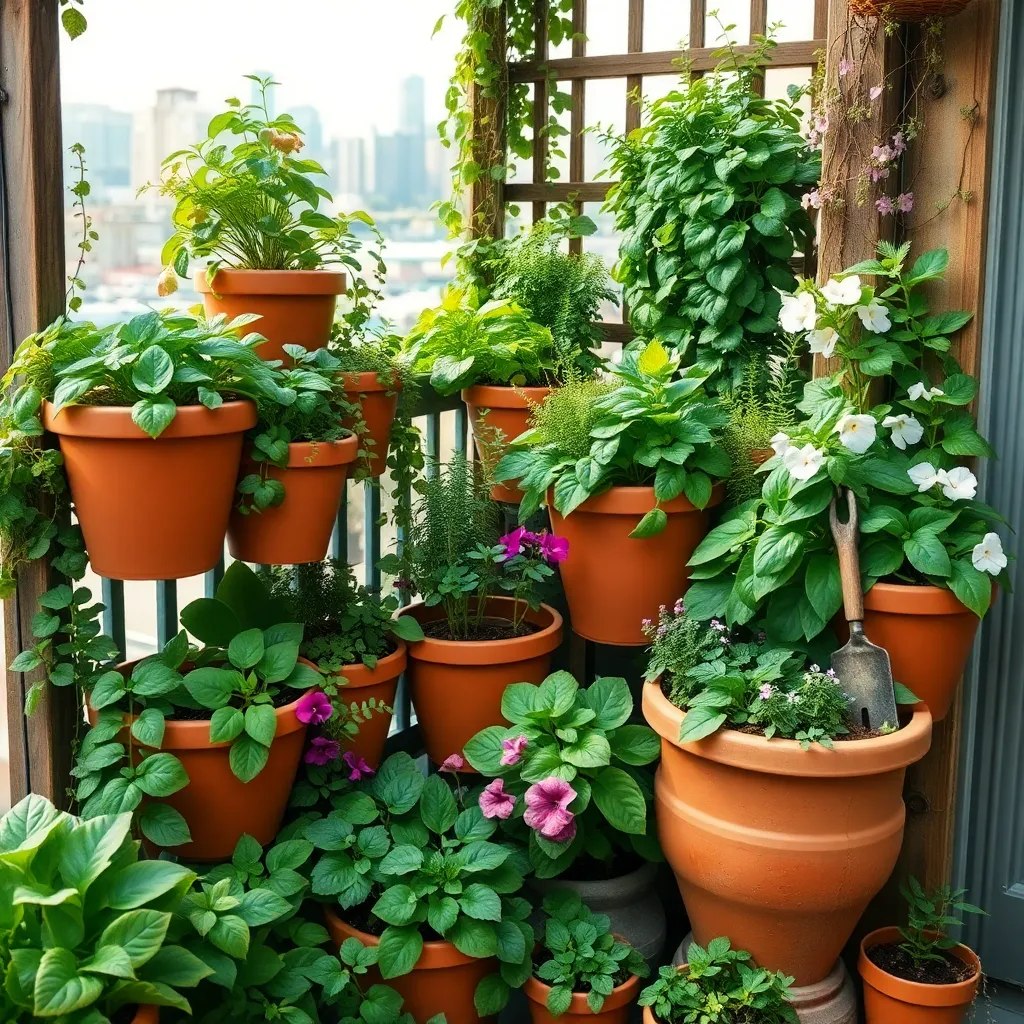
To make the most of your small yard, consider using multi-use planters that can serve both decorative and functional purposes. These planters can be found in various designs, including those that allow you to grow multiple types of plants in a single container, which maximizes limited space.
Some planters come with built-in self-watering features, which are ideal for busy gardeners who might forget to water regularly. These systems help maintain consistent moisture levels, which is crucial for plant health, especially in smaller spaces where soil can dry out faster.
Consider choosing planters with integrated trellises if you want to grow climbing plants like peas or beans. This setup not only saves space but also adds vertical interest to your yard, making it visually appealing while maximizing productivity.
For those who enjoy a bit of DIY, creating your own tiered planter using recycled materials can be a rewarding project. Experiment with different soil types, such as a mix of potting soil and compost, to ensure your plants have the nutrients they need to thrive.
Opt for Raised Garden Beds
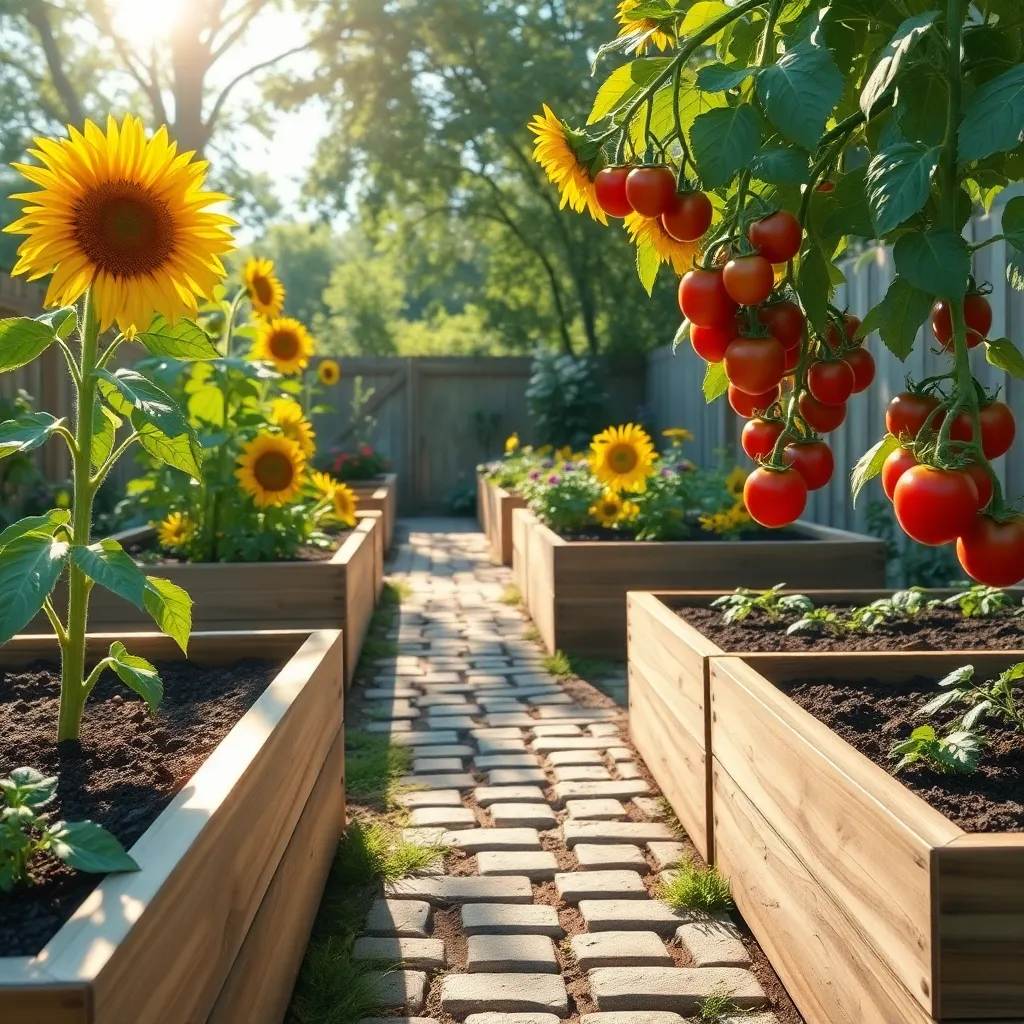
Raised garden beds are an excellent choice for small yards, offering greater control over soil quality and drainage. By elevating the planting area, you can manage the soil composition more effectively, ensuring your plants receive the nutrients they need.
Consider constructing your raised beds with durable materials like cedar or recycled plastic, which resist weathering and pests. Be sure to fill them with a high-quality, well-draining soil mix, ideally one that includes compost for added nutrients.
Another advantage of raised garden beds is the ability to extend the growing season. By covering them with a simple row cover or plastic tunnel, you can protect plants from early frosts or excessive rain, giving your garden a head start in spring or a prolonged harvest in fall.
For those with limited space, vertical gardening techniques can be integrated into raised beds. Install trellises or stakes for vining plants like tomatoes and cucumbers to maximize your growing area and encourage healthy plant growth.
Implement Smart Watering Techniques
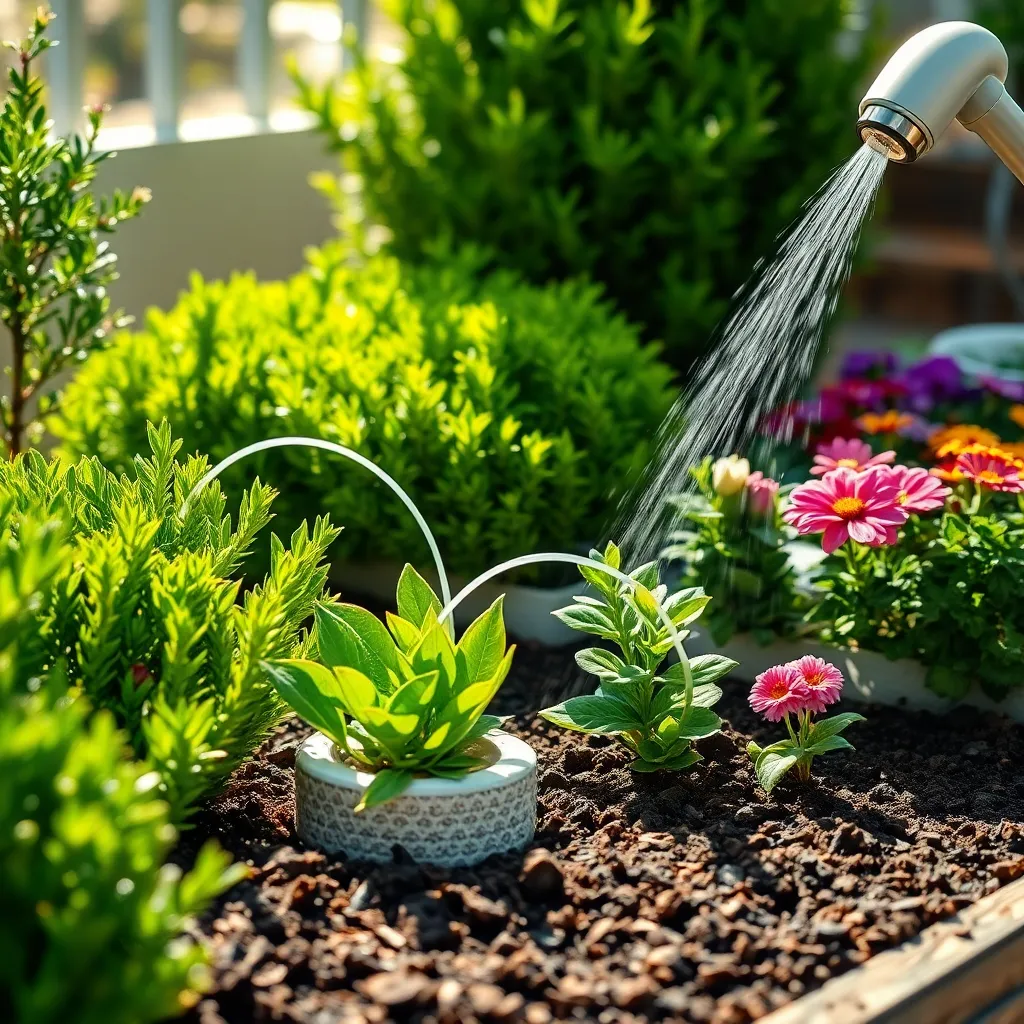
Implementing smart watering techniques is essential for maintaining a healthy garden, especially in small yards where space is at a premium. Begin by grouping plants with similar water needs together, which allows for more efficient watering and prevents over- or under-watering.
Consider using drip irrigation systems, which deliver water directly to the root zone and minimize evaporation. For those new to gardening, a simple soaker hose can be a cost-effective alternative that still provides many of the same benefits.
To retain soil moisture, apply a layer of organic mulch, such as shredded bark or straw, around the base of your plants. This not only reduces the need for frequent watering but also suppresses weeds, which compete for water resources.
For experienced gardeners, consider installing a rainwater collection system to make use of natural rainfall. This sustainable practice not only conserves water but also provides plants with chlorine-free water, which is beneficial for their growth.
Conclusion: Growing Success with These Plants
In “Gardening for Small Yards: Tips and Ideas,” we explored five key relationship concepts that can transform your small outdoor space into a lush haven. We covered the importance of communication with your partner in planning your garden, the power of collaboration in choosing plants, how compromise can lead to creative design solutions, the significance of patience in nurturing your garden together, and the joy of celebrating small successes as a couple.
To start cultivating your own vibrant garden and relationship today, why not set aside some time this weekend to plan your garden together? Discuss your vision and preferences, and make it a fun, bonding activity.
Remember, every great relationship, just like a beautiful garden, thrives on attention and care. Save or bookmark this article now, so you have these valuable tips at your fingertips as you embark on this rewarding journey together. By nurturing both your garden and your relationship, you’re planting seeds for a flourishing future. Here’s to growing your love, one leaf at a time!
